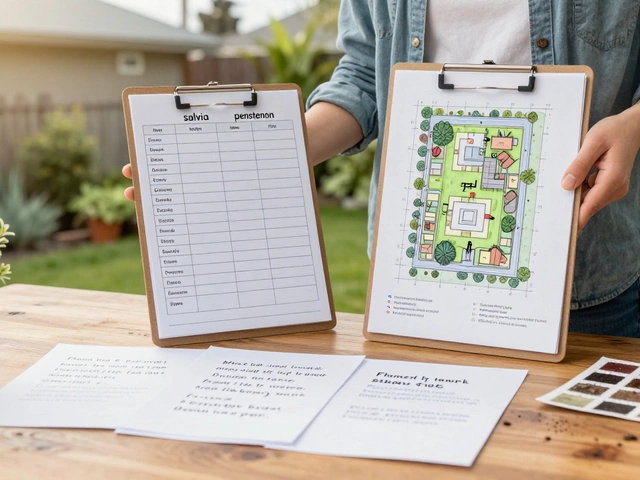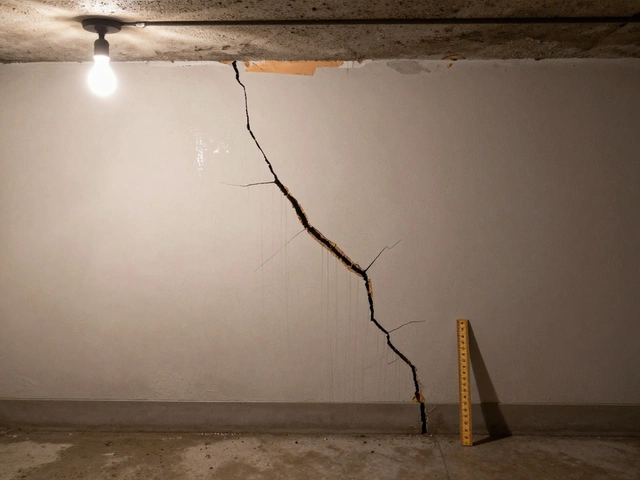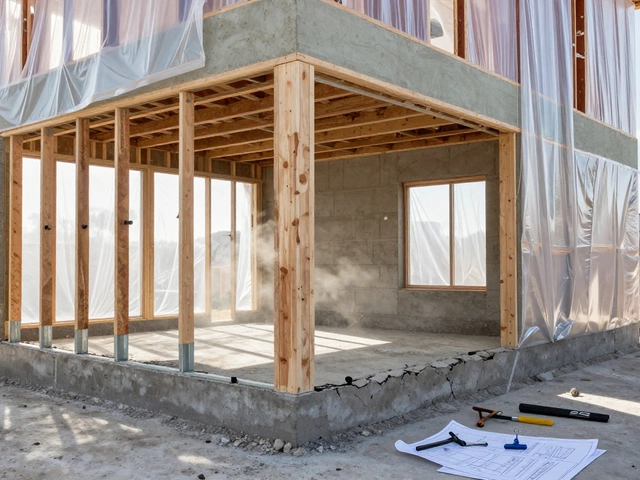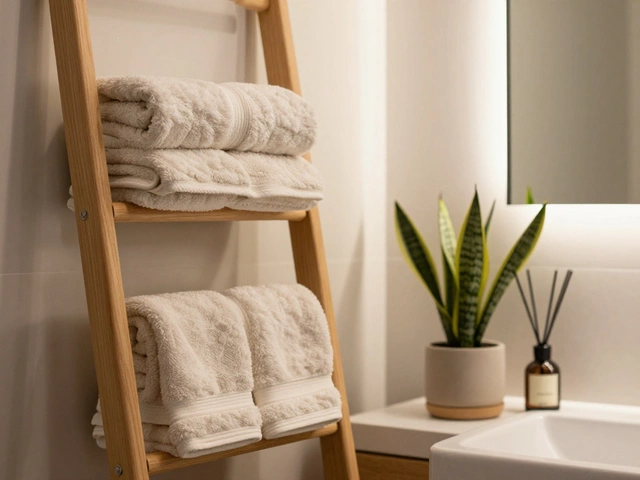Building a Home: What You Need to Know
When tackling building a home, the process of constructing a new residence from the ground up, including design, financing, and execution. Also known as home construction, it brings together many moving parts. One of the first decisions is hiring a builder, the professional who turns plans into walls and roofs. Equally critical is a solid foundation, the structural base that supports everything above. And you’ll soon learn that selecting the right roof can affect energy bills and maintenance for decades. If you’re ready to build a home, these core elements set the stage for a successful project.
Key Areas to Consider
Choosing the right builder versus a larger construction company shapes the entire timeline. A solo builder often provides hands‑on oversight, while a construction company can bring more resources for large‑scale work. Understanding their legal responsibilities, insurance coverage, and communication style helps you avoid surprises. Next, think about the foundation. Soil type, drainage, and local climate dictate whether a slab, crawlspace, or full basement is best. Recent studies show that homes with properly engineered foundations settle less over time, reducing costly repairs.
The roof is another decision point that carries long‑term financial weight. A 2024 roof replacement can range widely, but budgeting around £30,000 for premium materials and labor is common in high‑end builds. Selecting materials with strong warranty and energy‑efficient ratings can lower heating costs and improve resale value. Meanwhile, integrating modern insulation under the roof helps maintain indoor comfort year‑round.
While structure is vital, interior choices like storage and décor shape daily living. Effective home storage management—using vertical shelving, multifunctional furniture, and smart decluttering—maximizes space and keeps rooms functional. Pairing storage solutions with the latest curtain color trends can brighten a space without major renovations. For instance, 2024 sees bold teal and warm ochre taking over traditional neutrals, adding character to living areas.
Renovation doesn’t stop at the new build. Upgrading an old table or revamping a tired bathroom can refresh the home’s vibe without breaking the bank. Simple DIY steps such as sanding, staining, or swapping hardware breathe new life into furniture. In bathrooms, light‑reflective paint colors and strategic lighting make even small rooms feel larger, a trick echoed in many of our recent guides.
Maintenance isn’t just about aesthetics. Understanding how houses settle over decades helps you spot early signs of foundation movement. Cracks in walls, uneven floors, or doors that stick may indicate settlement, prompting a professional inspection. Addressing these issues early prevents extensive damage and preserves structural integrity.
Finally, think about longevity in storage and preservation. If you ever need to store furniture, protect it from mold by controlling humidity, using breathable covers, and avoiding plastic wrap that traps moisture. A clean, dry environment keeps sofas and antique pieces in top condition for years.
All these topics—builder selection, foundation health, roof investment, interior styling, and ongoing upkeep—appear throughout our collection of articles below. Dive in to find practical tips, step‑by‑step guides, and expert insights that will help you navigate every phase of building a home.
Financial Advantages of Building Your Own Home: A Smart Investment?
Building your own home can be a smart financial move under the right circumstances. It allows for customization, potential cost savings, and can even lead to equity gain over time. In this article, we explore the various financial aspects of home building, from cost considerations to long-term benefits. Learn about the potential pitfalls and how to avoid them when embarking on this significant investment.
full article




